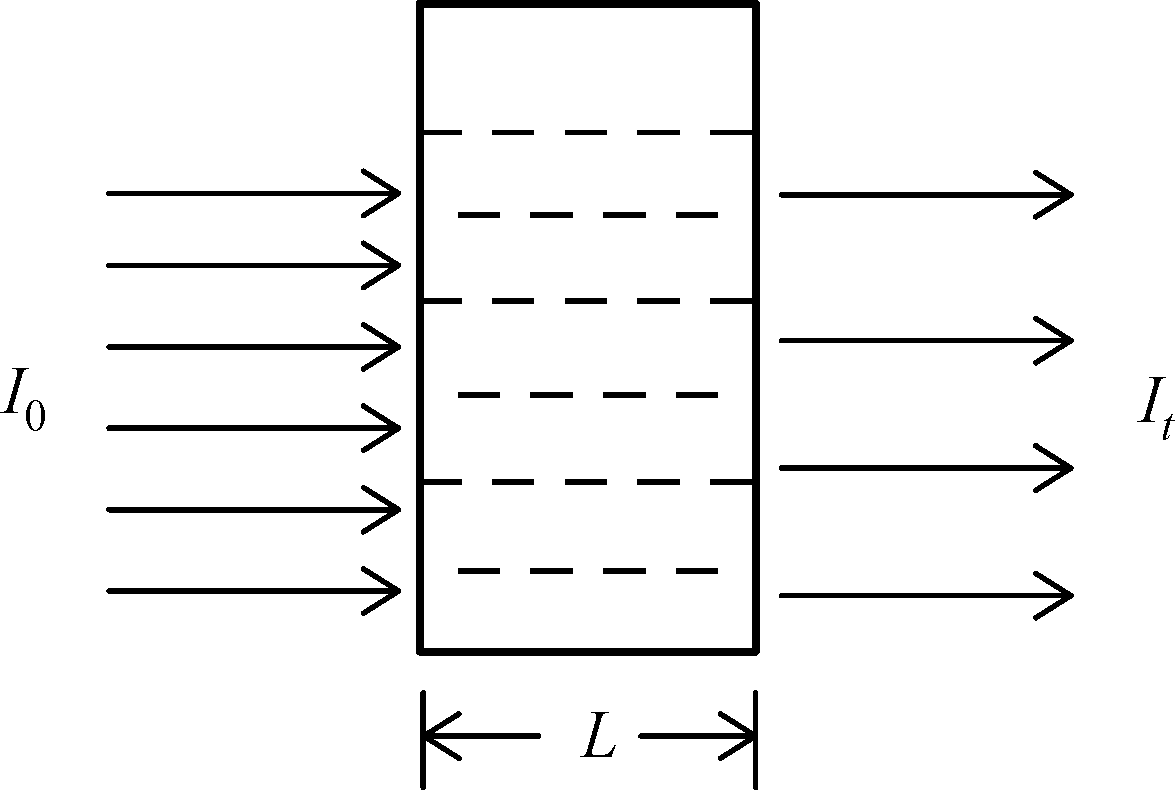In the process of photocatalysis, flow field is the precondition of radiation field. The study of the flow field in the photocatalytic reactor can be simplified to the liquid-solid two phase flow model in essence. With the development of the computer technology, computational fluid dynamics (CFD) has become an important means of engineering application and designing. At this stage, there are two major models to describe multiphase flow: the Euler-Euler (E-E) model and the Euler-Lagrange (E-L) model. In particular, three different models are provided for the E-E model: the VOF (Volume of fluid), the mixture (mixture model), and the Eulerian (Euler model). Much work has been done on the study of liquid-solid flow in photocatalytic reaction. Kumar and Bansal [
11] applied CFD to the photocatalytic process for the first time in 2013. The photocatalytic degradation device was modeled and the polynomial of degradation rate related to the initial concentration, Reynolds number, and reaction time were obtained. Ren and Jing [
12] analyzed the differences between the E-E model and the E-L model in computational fluid dynamics (CFD). At the same time, the small cylinder photocatalytic reactor was simulated by using the E-L model under the condition of agitation. The effects of stirring speed and particle size on the flow were analyzed. Ren et al. [
13] also used the algebraic slip mixed model (ASM) to simulate the catalyst-fluid two phase flow in the reaction tube. The simulation results showed that the catalyst could remain suspended in the pipeline, within the range of the study, when the inlet velocity was above 0.06 m/s and the catalyst particle size was below 10 μm.

















